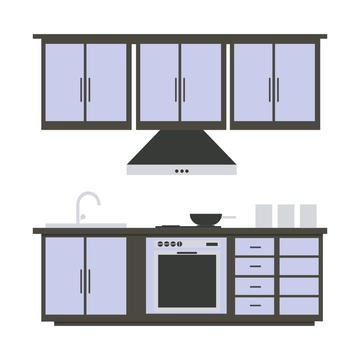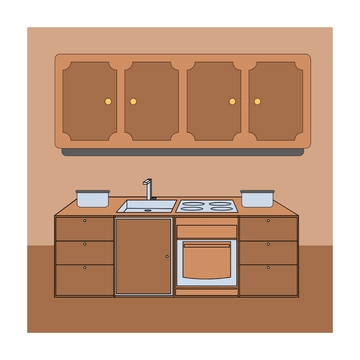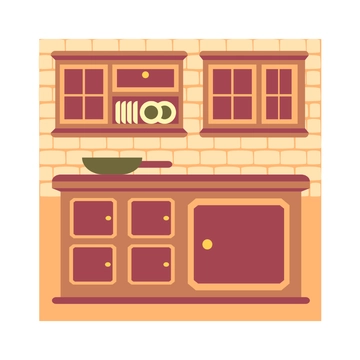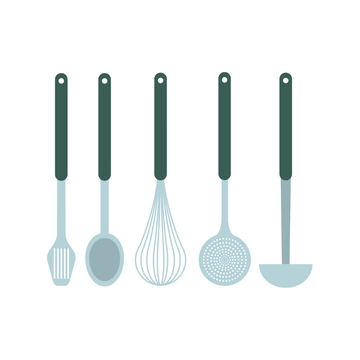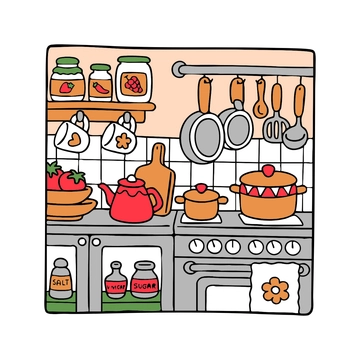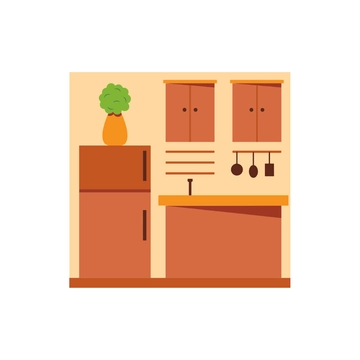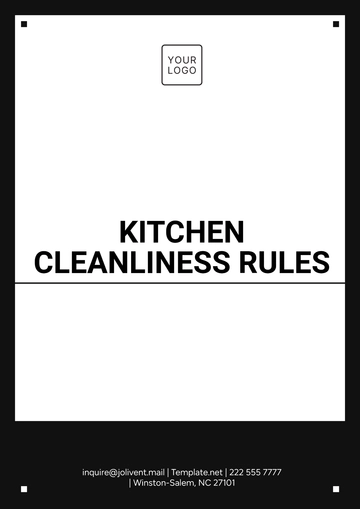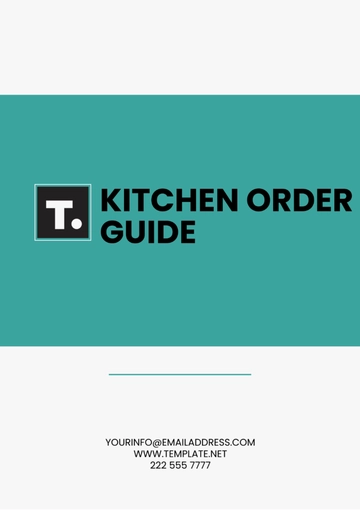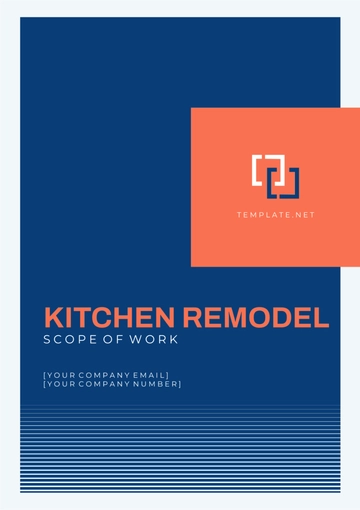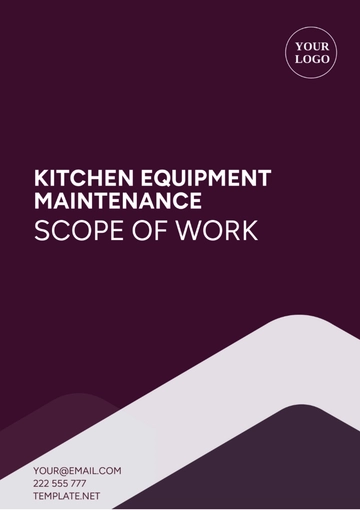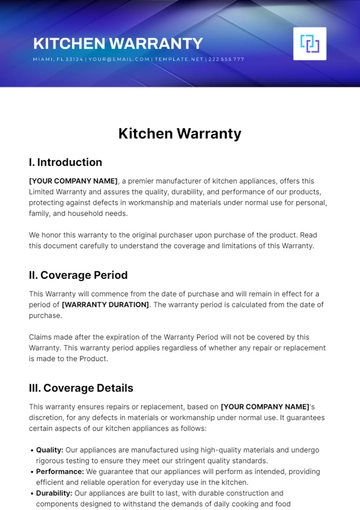Free Kitchen Order Guide
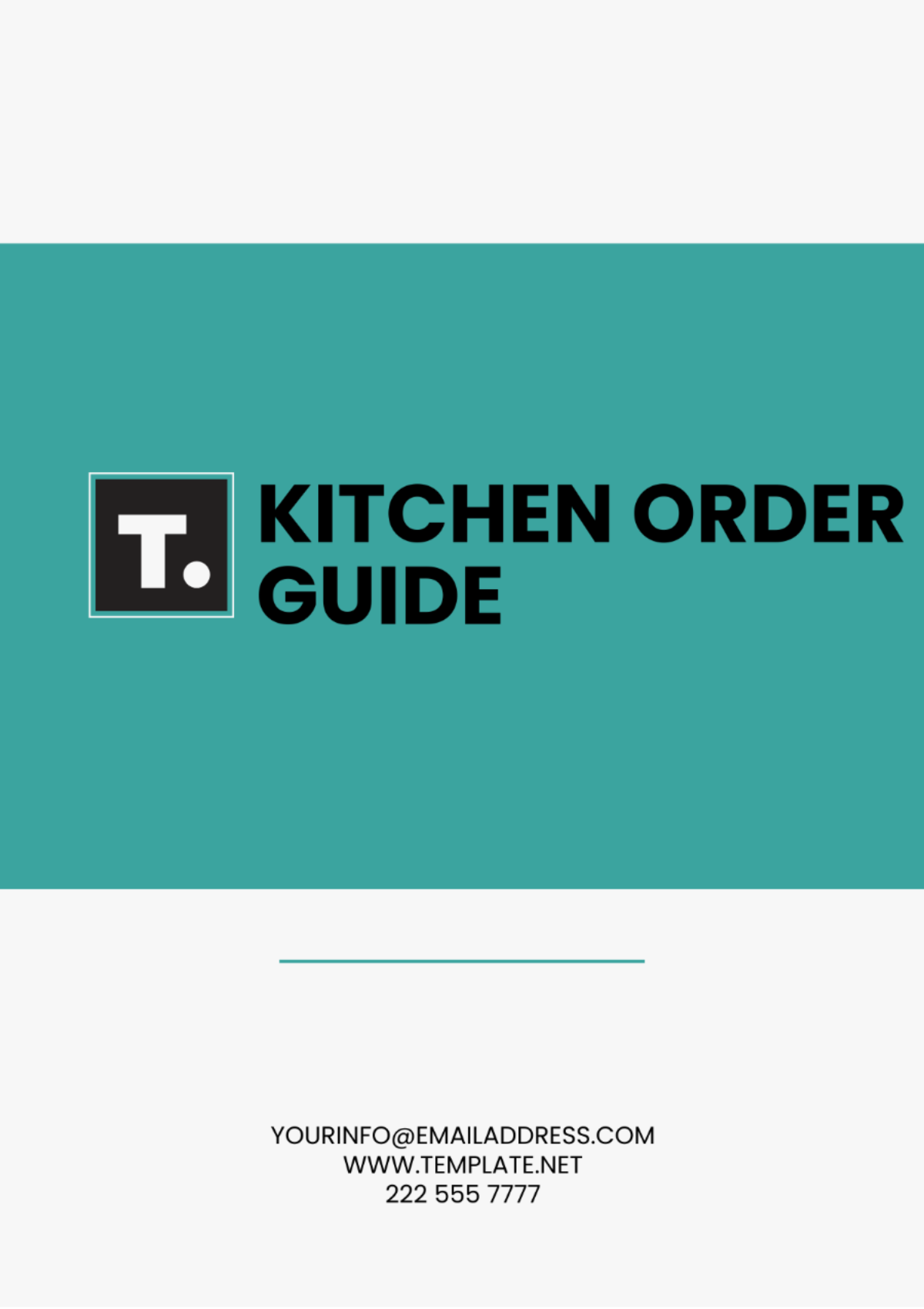
I. Introduction
A. Overview
This kitchen order guide is specifically tailored for [YOUR RESTAURANT NAME] to streamline the inventory management and ordering process. It aims to help maintain optimal stock levels, minimize waste, and ensure efficient operations.
B. Scope
This document will guide the kitchen team through the necessary steps for effectively ordering food supplies, kitchen equipment, and other essentials critical to the kitchen's functionality.
II. Inventory Management
A. Current Inventory Assessment
Regular Inventory Checks: Conduct regular checks to assess stock levels. Scheduling these checks weekly or bi-weekly can help keep track of inventory needs accurately.
Inventory List: Create and maintain a detailed inventory list with categories such as perishables, non-perishables, kitchenware, and cleaning supplies. Use the following table format for clarity:
Category | Item Description | Current Quantity | Ideal Quantity |
|---|---|---|---|
PERISHABLES | [EXAMPLE: TOMATOES] | [CURRENT STOCK] | [REORDER LEVEL] |
NON-PERISHABLES | [EXAMPLE: PASTA] | [CURRENT STOCK] | [REORDER LEVEL] |
KITCHENWARE | [EXAMPLE: CHEF KNIVES] | [CURRENT STOCK] | [REORDER LEVEL] |
CLEANING SUPPLIES | [EXAMPLE: DETERGENT] | [CURRENT STOCK] | [REORDER LEVEL] |
B. Inventory Software and Tools
Software Solutions: Utilize [YOUR CHOSEN INVENTORY SOFTWARE] to automate tracking and create alerts for low stock levels.
Manual Tools: For those preferring manual tracking, maintain a spreadsheet or ledger updated with inventory changes post each check.
III. Ordering Process
A. Supplier List
Primary Suppliers: List all primary suppliers for different types of inventory along with their contact information. Maintain relationships to ensure steady supply:
[SUPPLIER NAME] - [ITEM TYPE] - [CONTACT NUMBER]
Secondary Suppliers: Document backup suppliers for emergencies:
[SUPPLIER NAME] - [ITEM TYPE] - [CONTACT NUMBER]
B. Order Scheduling
Frequency of Orders: Determine and document how often each type of item needs to be reordered:
Daily, weekly, monthly based on usage and shelf life.
Lead Times: Note the lead time required by each supplier to avoid gaps in stock availability.
IV. Budget Management
A. Budget Allocation
Monthly Budget: Set and review a monthly budget specific to kitchen orders:
Total Budget: [YOUR MONTHLY BUDGET]
Allocation by Category: [AMOUNT PER CATEGORY]
B. Price Tracking
Price Changes: Maintain a log of price fluctuations for regularly ordered items. React by adjusting orders or exploring alternative suppliers if prices rise significantly.
V. Order Placement
A. Order Forms and Documentation
Order Forms: Use a standardized form for all orders to maintain consistency and accuracy:
Item Name, Quantity, Desired Delivery Date, Supplier
Record Keeping: Keep a digital or physical log of all order forms and receipts for financial reconciliation.
B. Communication with Suppliers
Order Confirmation: Confirm all orders via email or phone to ensure accuracy and scheduled delivery.
Feedback Loop: Establish a formal system for providing and receiving feedback with suppliers to continually improve the quality of goods and services.
VI. Receiving and Stocking
A. Delivery Checks
Inspection Procedures: Implement strict guidelines for inspecting all deliveries:
Check for correct items, quantities, and quality.
Temperature Control: Ensure that perishable goods are immediately inspected for correct temperature to maintain safety and quality.
B. Stocking Procedures
First In, First Out (FIFO): Ensure older stock is used before newer deliveries.
Storage Practices: Train staff on proper storage techniques to extend shelf life and maintain quality.
VII. Review and Adjustment
A. Performance Review
Monthly Reviews: Schedule monthly evaluations to assess the effectiveness of the ordering and inventory processes and make necessary adjustments.
B. Continuous Improvement
Supplier Feedback: Provide structured feedback to suppliers based on performance and quality of service.
Staff Training: Regularly update training for kitchen staff on new procedures, software, or changes in the supply chain.
VIII. Conclusion
By adhering to the guidelines and procedures outlined in this kitchen order guide, [YOUR RESTAURANT NAME] will ensure a streamlined process that supports both daily operations and long-term financial health.
- 100% Customizable, free editor
- Access 1 Million+ Templates, photo’s & graphics
- Download or share as a template
- Click and replace photos, graphics, text, backgrounds
- Resize, crop, AI write & more
- Access advanced editor
Elevate your kitchen management with Template.net's Kitchen Order Guide Template. Fully editable and customizable, streamline your ordering process effortlessly. Tailor it to your unique needs with ease, thanks to our Ai Editor Tool. Simplify inventory management and ensure efficient ordering, all in one versatile template.




